Home>Garden Essentials>What Are People Who Work With Synthetic Grass Called?
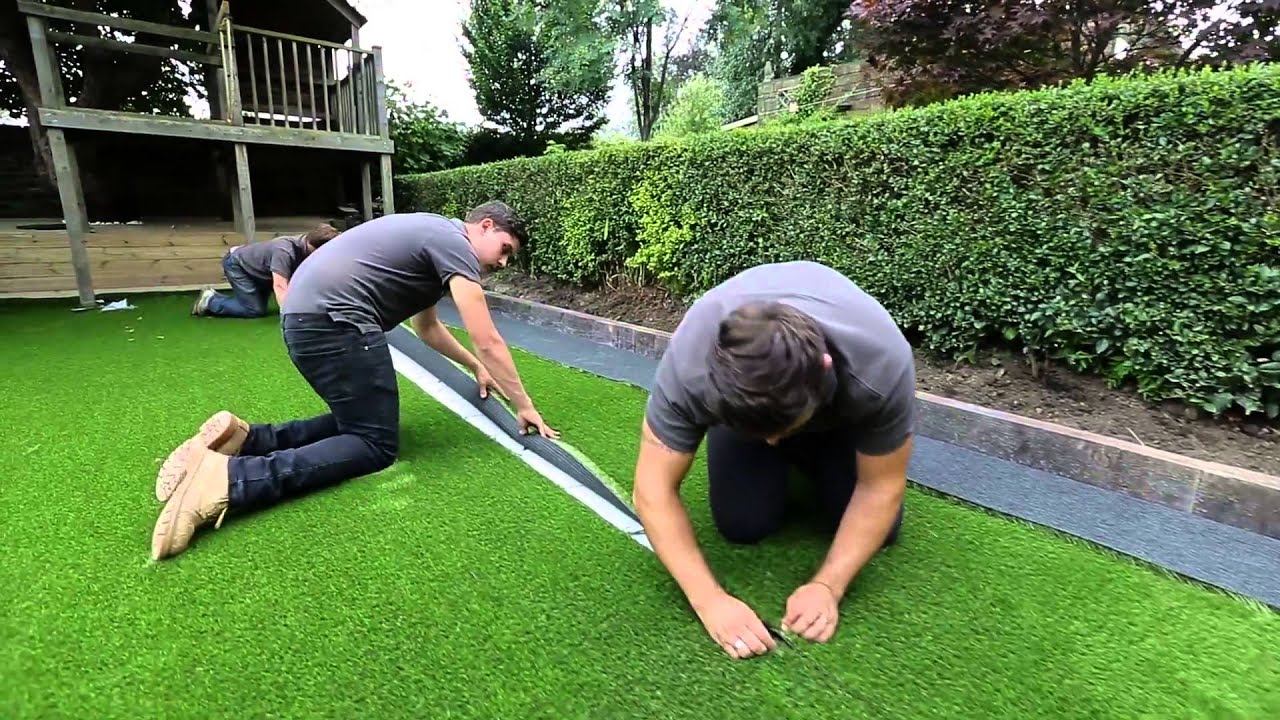

Garden Essentials
What Are People Who Work With Synthetic Grass Called?
Modified: August 27, 2024
Discover the professionals who specialize in working with synthetic grass for your garden. Find out what these experts are called and how they can transform your outdoor space.
(Many of the links in this article redirect to a specific reviewed product. Your purchase of these products through affiliate links helps to generate commission for Storables.com, at no extra cost. Learn more)
Introduction
When it comes to the world of gardening and landscaping, there is a diverse group of professionals who are responsible for creating stunning outdoor spaces. From installing synthetic grass to designing elegant landscapes, these experts play a vital role in shaping our environment. But have you ever wondered what these professionals are actually called? In this article, we will explore the various names and roles of the people who work with synthetic grass.
Working with synthetic grass requires a unique set of skills and knowledge. These professionals are well-versed in the art of creating beautiful and functional outdoor spaces using artificial turf. Whether it’s transforming a backyard into a lush green oasis, or installing a synthetic playing surface for sports, these experts have the expertise to make it happen.
So, let’s dive in and discover the different titles and roles of the individuals who work with synthetic grass.
Key Takeaways:
- 1. Synthetic grass professionals, such as installers and technicians, ensure flawless installations and proper maintenance, creating vibrant and sustainable outdoor spaces for everyone to enjoy.
- 2. From landscape architects to playground designers, these experts bring creativity and expertise to integrate synthetic grass, creating safe, visually appealing, and environmentally responsible outdoor and indoor environments.
Read more: What Is Synthetic Grass Made Of?
Installers
One of the primary roles in the world of synthetic grass is that of the installers. These professionals are responsible for transforming bare and uninspiring landscapes into vibrant and realistic artificial turf surfaces. Installing synthetic grass requires precision and attention to detail to ensure that the end result is a flawless and seamless surface.
Installers are skilled in a range of tasks including site preparation, ground leveling, and turf installation. They work closely with landscapers or landscape architects to bring their design visions to life. By meticulously following installation guidelines, installers ensure that the synthetic grass is properly secured and has a natural appearance.
These professionals use specialized tools and equipment to lay the artificial turf smoothly and evenly. They may need to cut and shape the grass to fit different areas or contours of the landscape. Installers are also responsible for proper drainage and infill installation, which helps maintain the integrity and functionality of the synthetic grass surface.
Attention to detail is crucial in the installation process. The installer must ensure that the seams are well-hidden, eliminating any visible lines between the different sections of synthetic grass. They also need to carefully position the grass blades to create a realistic and visually appealing appearance. It’s important to note that installers may work on various projects, including residential lawns, commercial spaces, sports fields, and even rooftop gardens.
Overall, the work of installers is essential in creating beautiful and long-lasting synthetic grass installations. With their expertise and skill, they bring life to landscapes, providing a low-maintenance and aesthetically pleasing alternative to natural grass.
Synthetic Grass Technicians
While installers are responsible for physically laying down synthetic grass, synthetic grass technicians take on a more technical role. These professionals specialize in the maintenance, repair, and troubleshooting of synthetic grass installations.
Synthetic grass technicians possess in-depth knowledge of the materials used in synthetic grass, as well as the intricacies of the installation process. They are familiar with the different types of artificial turf and understand how to properly care for and maintain them. This includes knowledge of cleaning techniques, stain removal, and turf grooming.
In addition to maintenance, synthetic grass technicians are skilled in identifying and repairing any issues that may arise with the synthetic grass. They have the expertise to detect problems such as damaged seams, tears, or loose edges, and are equipped to make the necessary repairs. This ensures that the synthetic grass remains in optimal condition and extends its lifespan.
Furthermore, synthetic grass technicians are well-versed in troubleshooting. If there are issues with the performance or functionality of the synthetic grass, these professionals can identify the root cause and propose suitable solutions. Whether it’s poor drainage, infill compaction, or excessive wear and tear, synthetic grass technicians have the technical know-how to rectify the problem.
When working with synthetic grass, it’s important to ensure that it meets safety and quality standards. Synthetic grass technicians are knowledgeable about these standards and regulations and ensure that all installations comply with them. This includes factors such as proper infill depth, ADA compliance for accessible surfaces, and durability requirements for high-traffic areas.
Overall, synthetic grass technicians play a crucial role in maintaining the integrity and functionality of synthetic grass installations. Their technical expertise and attention to detail help ensure that artificial turf remains in optimal condition, providing a long-lasting and visually appealing outdoor surface.
Landscape Architects
When it comes to designing outdoor spaces that incorporate synthetic grass, landscape architects are the experts to turn to. These professionals are skilled in creating visually stunning and functional landscapes, and they have a deep understanding of the principles of design, horticulture, and construction.
Landscape architects work closely with clients to understand their needs, preferences, and overall vision for their outdoor space. They take into consideration factors such as the site’s topography, climate, and local regulations to create a design that is both aesthetically pleasing and sustainable.
When incorporating synthetic grass into their designs, landscape architects carefully analyze the surrounding elements and consider how the artificial turf will blend seamlessly with the existing environment. They strategically select the type of synthetic grass based on factors such as color, texture, and pile height to achieve the desired look and feel.
In addition to aesthetics, landscape architects also take into account the functionality of the synthetic grass. They assess factors such as drainage requirements, durability for high-traffic areas, and the appropriateness for specific uses, such as backyard play areas or sports fields.
Furthermore, landscape architects ensure that the synthetic grass installations are in line with sustainable practices. They consider water conservation, choosing artificial turf options that minimize the need for irrigation and reduce water consumption compared to natural grass. They also incorporate native plants and other environmentally friendly elements into their designs to promote biodiversity and ecological balance.
Collaboration is key for landscape architects, as they often work closely with other professionals, including synthetic grass installers, horticulturists, and construction teams. They oversee the implementation of their designs, ensuring that the installation of synthetic grass aligns with their vision and specifications.
Overall, landscape architects bring a blend of creativity, technical knowledge, and environmental consciousness to their roles. Whether designing residential gardens, public parks, or commercial landscapes, these professionals ensure that synthetic grass is seamlessly integrated, creating beautiful outdoor spaces for people to enjoy.
Sales Representatives
When it comes to the world of synthetic grass, sales representatives are the bridge between the manufacturers and the customers. These professionals play a crucial role in helping clients find the right synthetic grass solutions for their specific needs.
Sales representatives are often employed by manufacturers or distributors of synthetic grass products. They have in-depth knowledge of the different types of artificial turf available in the market, including variations in color, texture, and pile height. This allows them to effectively guide customers in choosing the most suitable synthetic grass for their desired application.
One of the key responsibilities of sales representatives is to educate customers about the benefits and features of synthetic grass. They explain how artificial turf can provide a low-maintenance and visually appealing alternative to natural grass. Sales representatives highlight the durability, water-saving capabilities, and longevity of synthetic grass, along with its ability to withstand various weather conditions.
In addition to providing information, sales representatives also assist customers in calculating the quantities of synthetic grass needed for their projects. They evaluate the size of the area to be covered and recommend appropriate installation methods and accessories, such as infill materials or turf adhesives.
Customer service is an important aspect of a sales representative’s role. They build relationships with clients and respond to inquiries, providing prompt and accurate information. Sales representatives also work closely with other professionals, such as installers or landscape architects, to ensure that the customer’s requirements are met in the most efficient and satisfactory manner.
Moreover, sales representatives stay updated on market trends and advancements in synthetic grass technology. They attend trade shows and industry events to keep abreast of the latest innovations and products. This knowledge allows them to provide customers with up-to-date information and offer the most suitable synthetic grass options.
Overall, sales representatives serve as the point of contact for customers interested in synthetic grass. Their expertise, product knowledge, and customer service skills are essential in guiding clients towards making informed decisions and finding the synthetic grass solution that best meets their needs.
Maintenance Crews
Maintenance crews play a vital role in ensuring that synthetic grass installations remain in pristine condition over time. Just like natural grass, synthetic grass requires regular care and maintenance to preserve its aesthetics and functionality.
Maintenance crews are responsible for performing routine tasks such as cleaning, grooming, and inspecting synthetic grass surfaces. They are knowledgeable about the specific maintenance requirements of artificial turf and follow industry best practices to keep the surfaces looking their best.
One of the primary tasks of maintenance crews is to remove debris from the synthetic grass. This includes leaves, twigs, and any other materials that may accumulate on the surface. They use rakes, leaf blowers, or specialized equipment to thoroughly clean the area, ensuring that the artificial turf is free from obstructions.
Grooming the synthetic grass is another important aspect of maintenance. Maintenance crews use brushes or brooms designed specifically for artificial turf to upright the grass blades, giving them a natural and well-maintained appearance. This process also helps to distribute the infill materials evenly throughout the surface.
Regular inspections of the synthetic grass are essential to identify any issues or damage that may require repair. Maintenance crews carefully examine the seams, edges, and condition of the turf to detect issues such as loose seams, tears, or signs of wear. By addressing these concerns early on, they can prevent further damage and prolong the lifespan of the artificial turf.
In addition to routine maintenance tasks, maintenance crews also address specific issues that may arise. This could include treating stains or spills, removing pet waste, or addressing any drainage or irrigation issues. They may also perform infill replenishment if necessary, ensuring that the synthetic grass retains its cushioning and stability.
By performing regular maintenance, these crews help to maintain the appearance and functionality of synthetic grass installations. Whether it’s a residential lawn, a sports field, or a commercial landscape, the work of maintenance crews ensures that the artificial turf remains vibrant, safe, and durable for years to come.
People who work with synthetic grass are often called artificial turf installers or synthetic turf professionals. They specialize in the installation and maintenance of artificial grass for various applications.
Sports Field Managers
For sports fields that utilize synthetic grass, sports field managers play a critical role in ensuring that the playing surface meets the demanding requirements of athletes and sporting events. These professionals oversee the maintenance and management of synthetic grass fields, ensuring optimal playing conditions and player safety.
Sports field managers are responsible for a range of tasks related to the maintenance and care of synthetic grass fields. They coordinate with maintenance crews to develop and implement a regular maintenance schedule, including tasks such as cleaning, grooming, and infill replenishment.
One of the key responsibilities of sports field managers is to monitor and adjust the infill levels of the synthetic grass. Infill materials, such as rubber or sand, provide cushioning and support for athletes and need to be maintained at the proper levels to ensure consistent playing conditions. Sports field managers work closely with turf suppliers and manufacturers to ensure that the infill materials meet industry standards and are appropriate for the intended sports activities.
Additionally, sports field managers oversee the inspection and repair of the synthetic grass surface. They are vigilant in identifying any areas of the field that may require attention, such as worn spots, tears, or loose seams. By addressing these issues promptly, they minimize the risk of player injuries and maintain the overall quality of the playing surface.
Another crucial aspect of the role is managing the irrigation system for the synthetic grass fields. Sports field managers ensure that the irrigation system is functioning properly to prevent over- or under-watering, which can affect the performance and durability of the artificial turf. They also take into account the specific water requirements of different sports and adjust irrigation schedules accordingly.
Sports field managers collaborate closely with coaches, athletic directors, and sports organizations to understand the specific needs and expectations for the playing surface. They coordinate field usage schedules, taking into consideration factors such as training sessions, matches, and tournaments. Their expertise in synthetic grass maintenance and field management ensures that the playing surface is ready for optimal performance during games and practices.
In summary, sports field managers are instrumental in maintaining high-quality synthetic grass fields for sports activities. Their comprehensive knowledge of turf maintenance, infill management, irrigation systems, and field usage ensures that athletes have a safe and consistent playing surface, maximizing their performance and enjoyment of the game.
Golf Course Superintendents
For golf courses that incorporate synthetic grass, golf course superintendents play a key role in maintaining the quality and playability of the artificial turf surfaces. These professionals are responsible for overseeing all aspects of golf course maintenance, including the care and management of synthetic grass areas.
Golf course superintendents have a deep understanding of golf course operations and the specific maintenance requirements of synthetic grass. They work closely with other staff members, such as maintenance crews and turf specialists, to ensure that the synthetic grass areas are in optimal condition.
One of the primary responsibilities of golf course superintendents is to develop and implement a comprehensive turf management plan. This includes establishing maintenance routines, scheduling regular grooming and cleaning of the synthetic grass, and managing the infill levels to ensure consistent playing characteristics.
Superintendents monitor the condition of the synthetic grass areas and address any specific issues that may arise. They are trained to identify and rectify problems such as bare spots, damaged seams, or uneven surfaces. By promptly addressing these issues, superintendents help maintain the aesthetic appeal and playability of the artificial turf.
In addition to routine maintenance, golf course superintendents oversee the regular inspection of synthetic grass areas. They assess the overall quality of the surfaces, evaluating factors such as drainage effectiveness, consistency of ball roll, and the integration of the synthetic grass with other course features. Adjustments are made as necessary to ensure that the synthetic grass areas provide a high-quality playing experience for golfers.
Another critical aspect of the role is managing the irrigation system for the synthetic grass. Golf course superintendents ensure that the synthetic grass areas receive the proper amount of water to maintain healthy turf conditions. They utilize moisture sensors, weather data, and their expertise in turf management to determine optimal irrigation schedules and avoid under- or over-watering.
Golf course superintendents are also responsible for coordinating the resurfacing or replacement of synthetic grass areas when necessary. They work with turf suppliers and contractors to ensure that the new synthetic turf meets the specifications and performance standards of the golf course.
In summary, golf course superintendents play a vital role in ensuring the excellence of synthetic grass areas on golf courses. Their expertise in turf management, attention to detail, and commitment to providing golfers with exceptional playing conditions contribute to creating a memorable and enjoyable golfing experience on synthetic grass surfaces.
Playground Designers
Playground designers are professionals who specialize in creating safe, fun, and engaging outdoor play spaces, and they often incorporate synthetic grass into their designs. These experts have a deep understanding of child development, safety regulations, and design principles to create playground environments that promote physical activity, imaginative play, and social interaction.
When designing playgrounds that include synthetic grass, designers carefully consider the specific needs and age groups of the children who will use the space. They select the appropriate type of synthetic grass that is safe, non-toxic, and meets ASTM safety standards for impact attenuation. The design process involves addressing challenges such as proper drainage, accessibility, and the integration of other play elements.
Playground designers work closely with landscape architects, equipment suppliers, and safety experts to develop comprehensive and innovative playground designs. They consider factors such as the layout of the play space, the arrangement of play equipment, and the incorporation of natural elements to create an inclusive and inviting environment.
Synthetic grass allows designers to create soft and comfortable play surfaces that minimize the risk of injury during falls. The natural appearance and texture of the artificial turf can enhance the sensory experience of children, providing them with a tactile and visually appealing play surface.
In addition to safety, playground designers focus on creating play environments that stimulate the imagination and promote creativity. They incorporate natural colors and textures into the design, and may even include synthetic grass areas that mimic grassy meadows or fields. These touches contribute to a more engaging and immersive play experience for children.
Furthermore, playground designers ensure that the synthetic grass surfaces are designed to be low-maintenance and durable. They select materials that can withstand heavy use, resist fading and discoloration, and are easy to clean and maintain. This ensures that the playground remains vibrant and inviting for years to come.
Playground designers stay up-to-date with the latest trends and advancements in playground design and safety. They attend industry conferences and collaborate with other professionals to stay informed of new technologies, materials, and design approaches that enhance the quality and sustainability of playgrounds.
Overall, playground designers bring together their expertise in child development, safety regulations, and design principles to create innovative and inspiring play spaces. By incorporating synthetic grass into their designs, they provide children with safe and stimulating environments that encourage active play and foster their overall development.
Read more: What Are The Synthetic Turf Grass Problems
Interior Designers
In addition to being used outdoors, synthetic grass is also finding its way into interior design, and interior designers are playing an important role in incorporating it into indoor spaces. These creative professionals have expertise in creating functional and aesthetically pleasing interiors, and they are now exploring the unique possibilities that synthetic grass offers.
Interior designers employ synthetic grass as a design element to bring the beauty and freshness of the outdoors into indoor spaces. The natural green color and texture of artificial turf add a unique and visually striking element to interior designs, creating a sense of nature and tranquility.
When incorporating synthetic grass into interior designs, interior designers carefully consider the specific requirements of the space and the desired atmosphere. They select the appropriate type of synthetic grass, which can vary in terms of color, pile height, density, and texture, to achieve the desired look and feel.
Synthetic grass can be used in various interior design applications. It can be installed as a striking feature wall or used as flooring in specific areas such as playrooms, indoor gardens, or recreational spaces. It can also be integrated into furniture, such as seating or upholstery, to add a touch of whimsy and natural appeal.
Interior designers combine synthetic grass with other design elements such as lighting, furniture, and accessories to create a cohesive and harmonious indoor environment. They ensure that the artificial turf is seamlessly integrated into the overall design concept, complementing the style and theme of the space.
Furthermore, synthetic grass offers practical benefits for interior design. It is low-maintenance and easy to care for compared to natural grass. It does not require watering or mowing, making it a convenient choice for indoor environments. Additionally, synthetic grass is hypoallergenic, making it a suitable option for those with allergies or sensitivities.
Interior designers keep up with the latest trends and advancements in synthetic grass technology. They collaborate with manufacturers and suppliers to stay informed about new materials and installation techniques. This knowledge allows them to recommend the most suitable options and ensure the longevity and quality of the synthetic grass installations.
Overall, interior designers are embracing the versatility of synthetic grass and incorporating it into their designs to create unique and visually appealing indoor spaces. With their creative vision and attention to detail, they bring the beauty of nature indoors, enhancing the overall aesthetic and ambiance of the interior environment.
Environmental Specialists
Environmental specialists are professionals who specialize in the preservation and protection of natural environments. While their primary focus is on the conservation of natural ecosystems, they also play a vital role in the use and management of synthetic grass in environmentally responsible ways.
Environmental specialists understand the potential impacts of synthetic grass on the environment and work to ensure that its usage aligns with sustainable practices. They are knowledgeable about the materials used in synthetic grass, as well as the manufacturing and installation processes. This knowledge allows them to assess and mitigate any potential environmental risks associated with synthetic grass installations.
One of the key responsibilities of environmental specialists is to evaluate the environmental footprint of synthetic grass and its production. They assess factors such as energy consumption, water usage, and the carbon emissions associated with the manufacturing and transportation of synthetic grass materials. By identifying areas for improvement, they help promote the development of more sustainable and eco-friendly synthetic grass options.
Furthermore, environmental specialists contribute to the selection and implementation of synthetic grass in environmentally sensitive areas. They evaluate the suitability of using synthetic grass in natural habitats, such as wetlands or endangered ecosystems, taking into account the potential effects on biodiversity, water quality, and wildlife habitats. Their expertise helps ensure that the use of synthetic grass is compatible with the surrounding natural environment.
Environmental specialists also play a role in waste management and recycling. Synthetic grass has a relatively long lifespan, but when it comes time for replacement, proper disposal or recycling is essential. Environmental specialists work with manufacturers and disposal facilities to establish recycling programs and promote responsible disposal methods for synthetic grass materials.
In addition, environmental specialists may be involved in assessing the water management associated with synthetic grass installations. They evaluate the drainage systems and irrigation practices to minimize water usage and mitigate any potential runoff issues. This helps to protect local waterways and conserve water resources.
Overall, environmental specialists bring their expertise in environmental conservation to the world of synthetic grass. By promoting sustainable practices, assessing environmental impacts, and ensuring responsible usage, they play a crucial role in mitigating any potential negative effects and fostering the overall environmental sustainability of synthetic grass installations.
Conclusion
Working with synthetic grass requires a team of dedicated professionals who bring their unique skills and expertise to create beautiful and functional outdoor spaces. From installers to maintenance crews, sales representatives to playground designers, each role plays a crucial part in transforming landscapes and incorporating synthetic grass in innovative ways. Additionally, landscape architects, sports field managers, and golf course superintendents ensure the proper design, maintenance, and management of synthetic grass surfaces in various settings.
Interior designers have also embraced the use of synthetic grass to add a touch of nature and freshness to indoor spaces, while environmental specialists play a critical role in ensuring that the usage of synthetic grass aligns with sustainable practices and minimizes environmental impacts.
Together, these professionals work collaboratively to create and maintain synthetic grass installations that are visually appealing, safe, and environmentally responsible. Their expertise, creativity, and passion for their respective fields contribute to the development of innovative designs, proper installation techniques, and ongoing maintenance practices that make synthetic grass a viable and attractive alternative to natural grass.
As the demand for synthetic grass continues to grow, these professionals will continue to evolve and innovate, staying up-to-date with the latest technologies, trends, and sustainability practices. By working together and leveraging their diverse skills, they ensure that synthetic grass remains a valuable and sustainable solution for creating beautiful outdoor spaces for generations to come.
Whether it’s a lush and vibrant backyard, a high-performance sports field, a safe and imaginative playground, or a visually stunning indoor environment, the people who work with synthetic grass are the driving force behind the transformation of ordinary landscapes into extraordinary spaces.
- Installers pay meticulous attention to detail, ensuring flawless and seamless installations.
- Synthetic grass technicians possess the technical knowledge to maintain and troubleshoot synthetic grass surfaces.
- Landscape architects bring creativity and expertise to the design and integration of synthetic grass in outdoor spaces.
- Sales representatives guide customers in selecting the right synthetic grass solutions for their specific needs.
- Maintenance crews ensure that synthetic grass installations remain in optimal condition through regular cleaning and inspections.
- Sports field managers oversee the maintenance and management of synthetic grass surfaces on sports fields.
- Golf course superintendents maintain the quality and playability of synthetic grass on golf courses.
- Playground designers incorporate synthetic grass in creating safe and exciting play spaces.
- Interior designers utilize synthetic grass to bring the beauty of the outdoors into indoor environments.
- Environmental specialists ensure the environmentally responsible use of synthetic grass.
Collectively, these professionals make the world of synthetic grass a vibrant, sustainable, and visually captivating realm, enhancing the beauty of our outdoor and indoor spaces.
Frequently Asked Questions about What Are People Who Work With Synthetic Grass Called?
Was this page helpful?
At Storables.com, we guarantee accurate and reliable information. Our content, validated by Expert Board Contributors, is crafted following stringent Editorial Policies. We're committed to providing you with well-researched, expert-backed insights for all your informational needs.
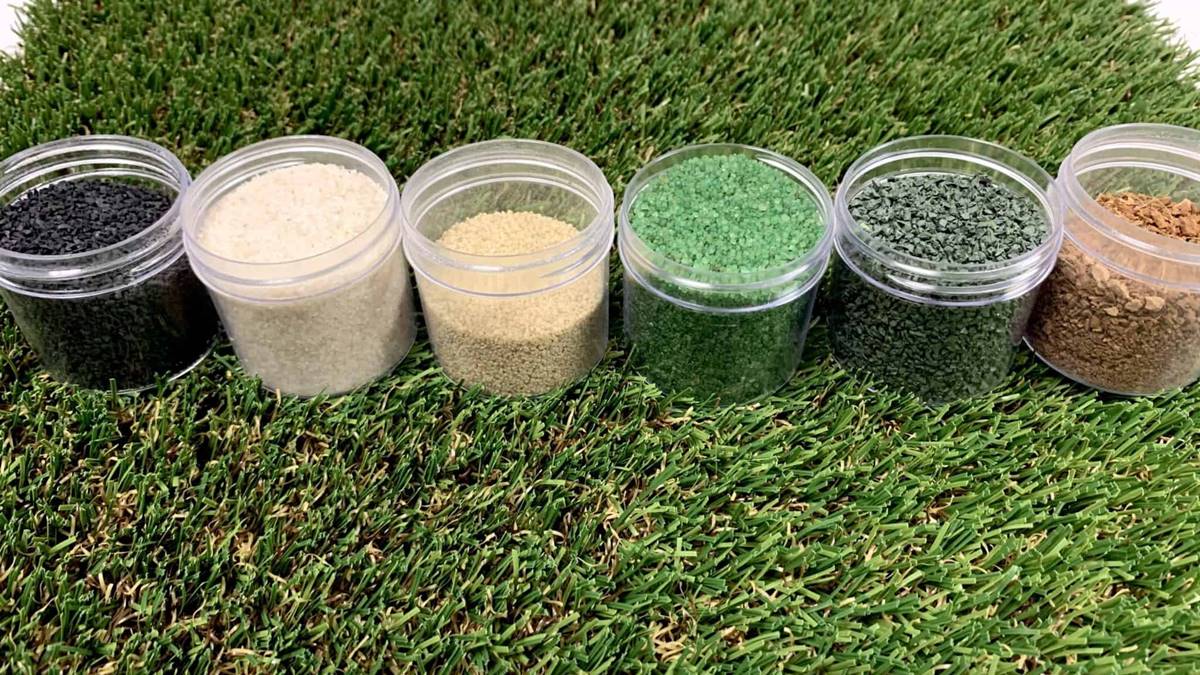
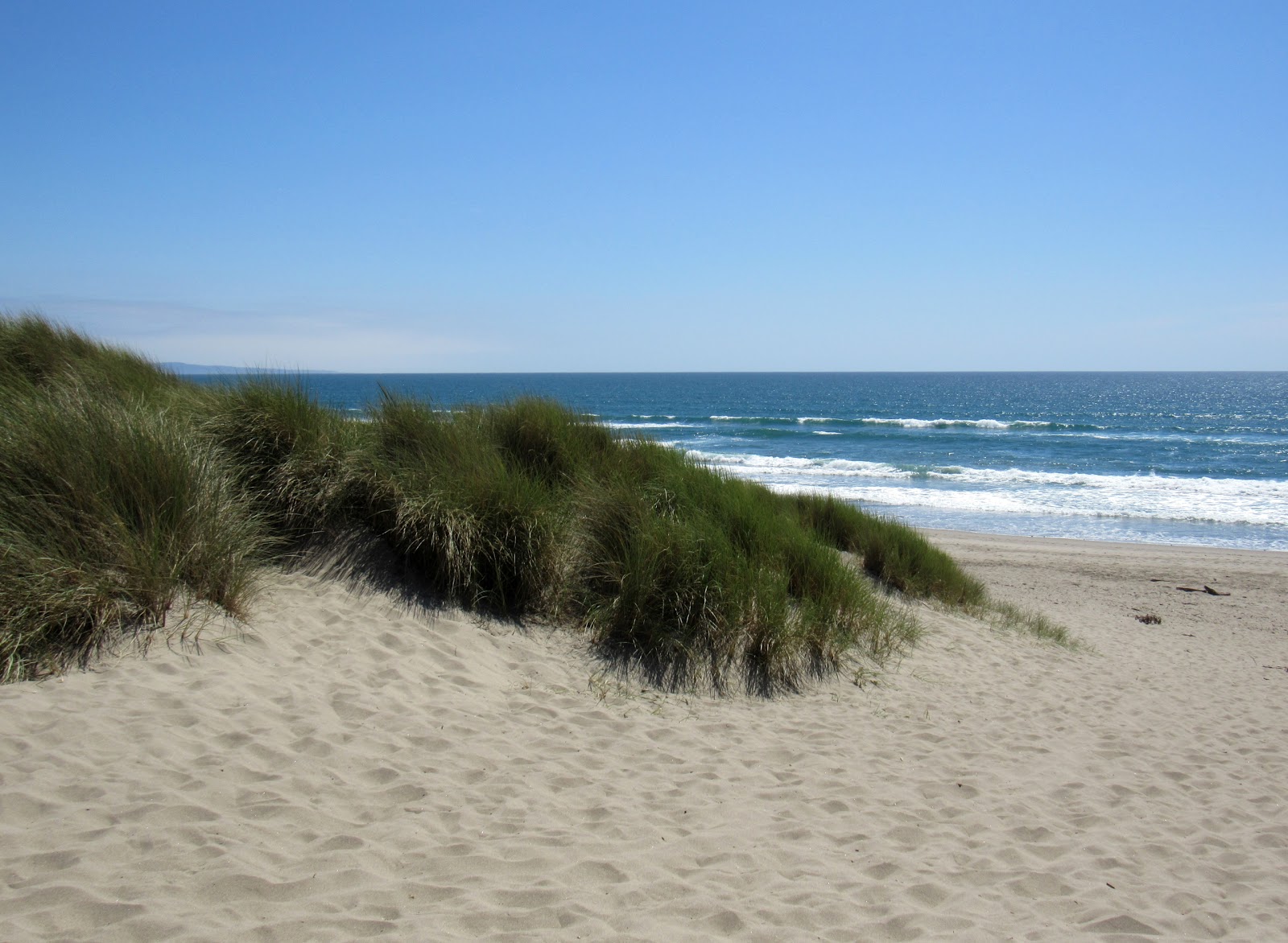
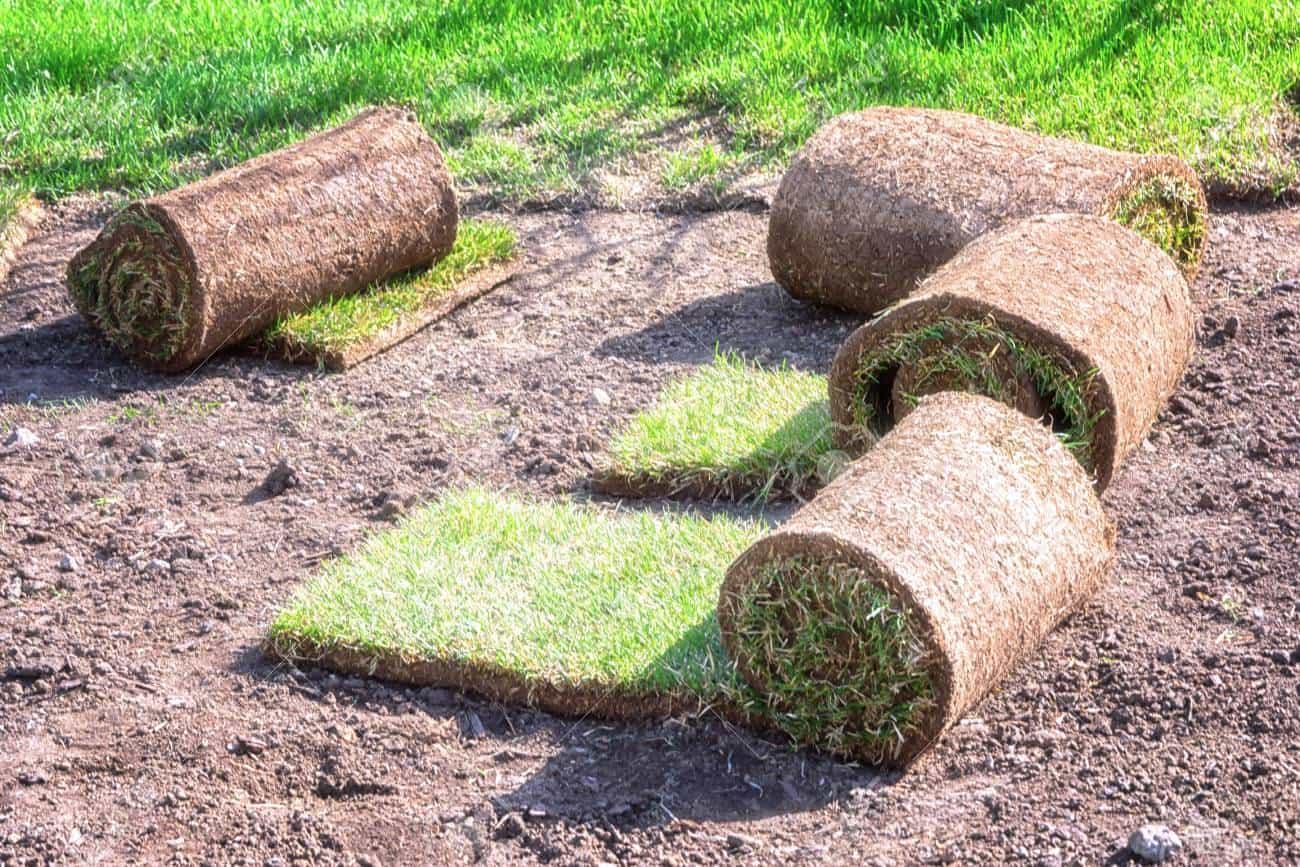
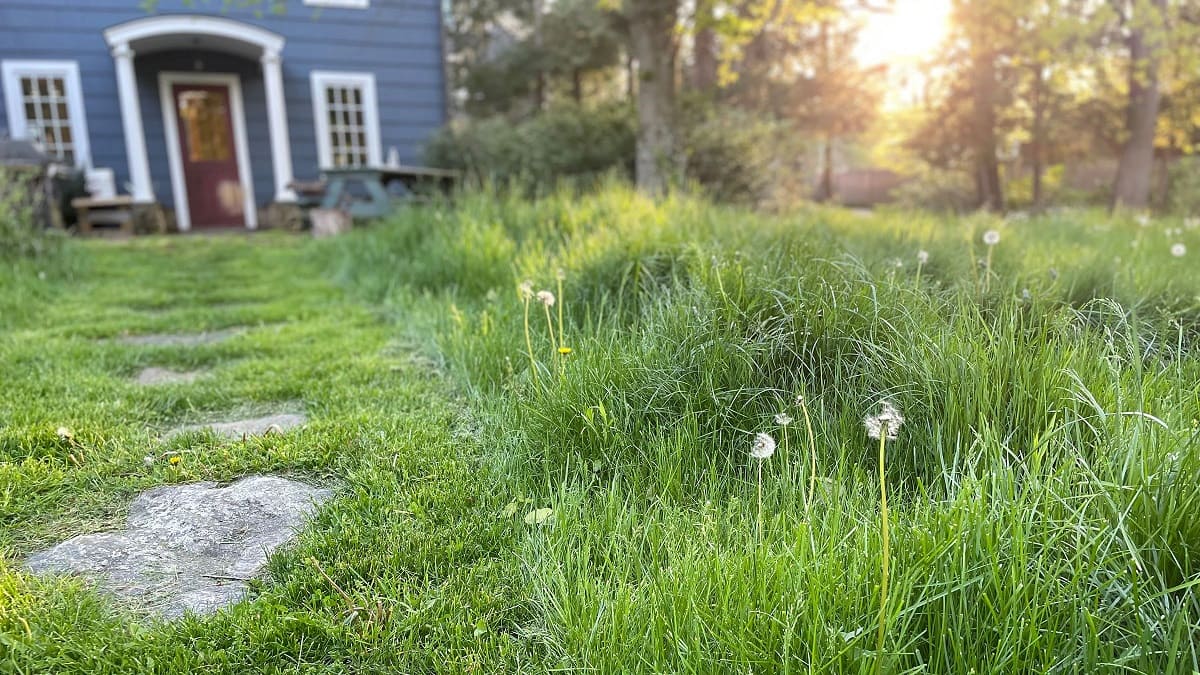
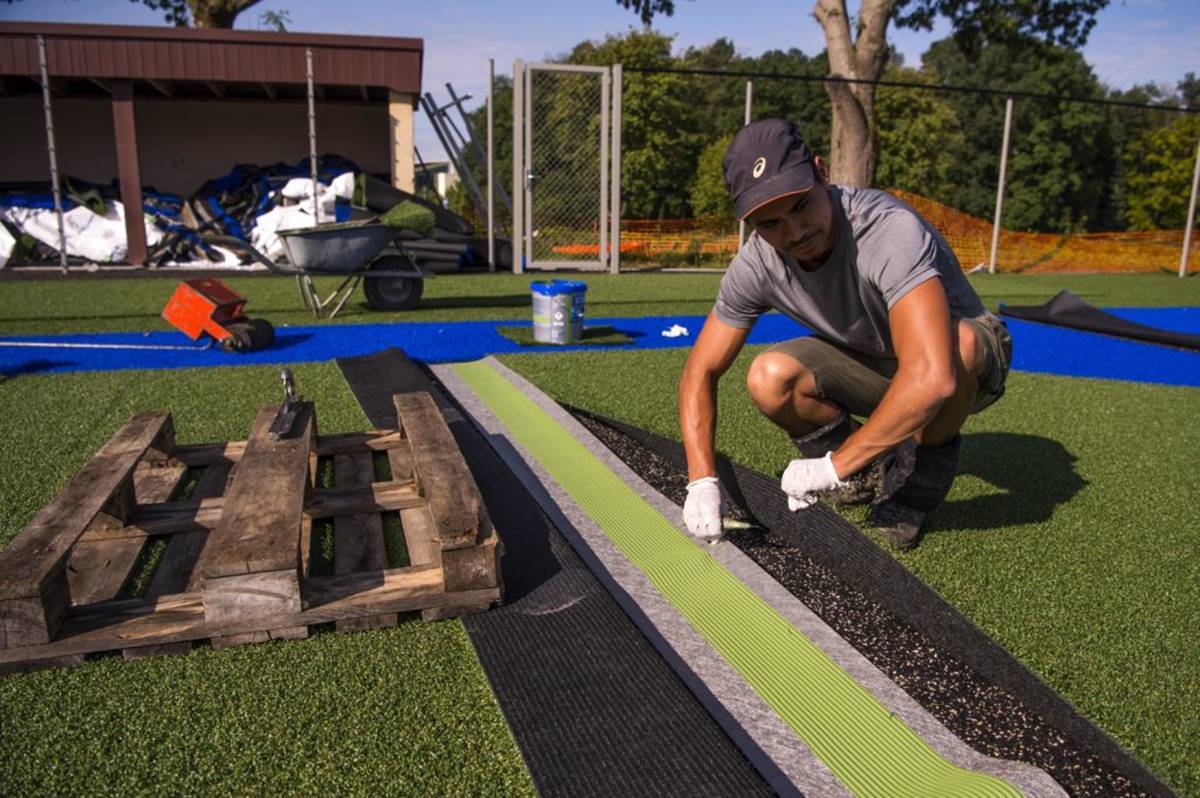
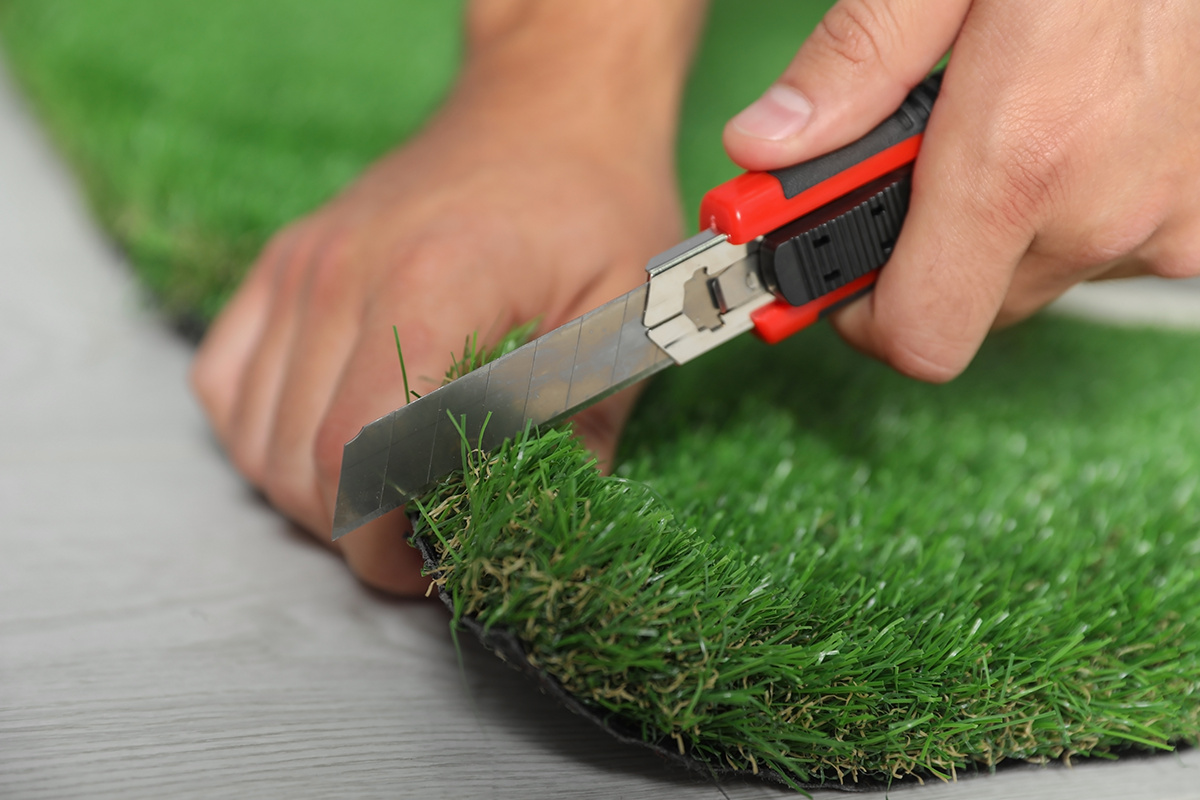

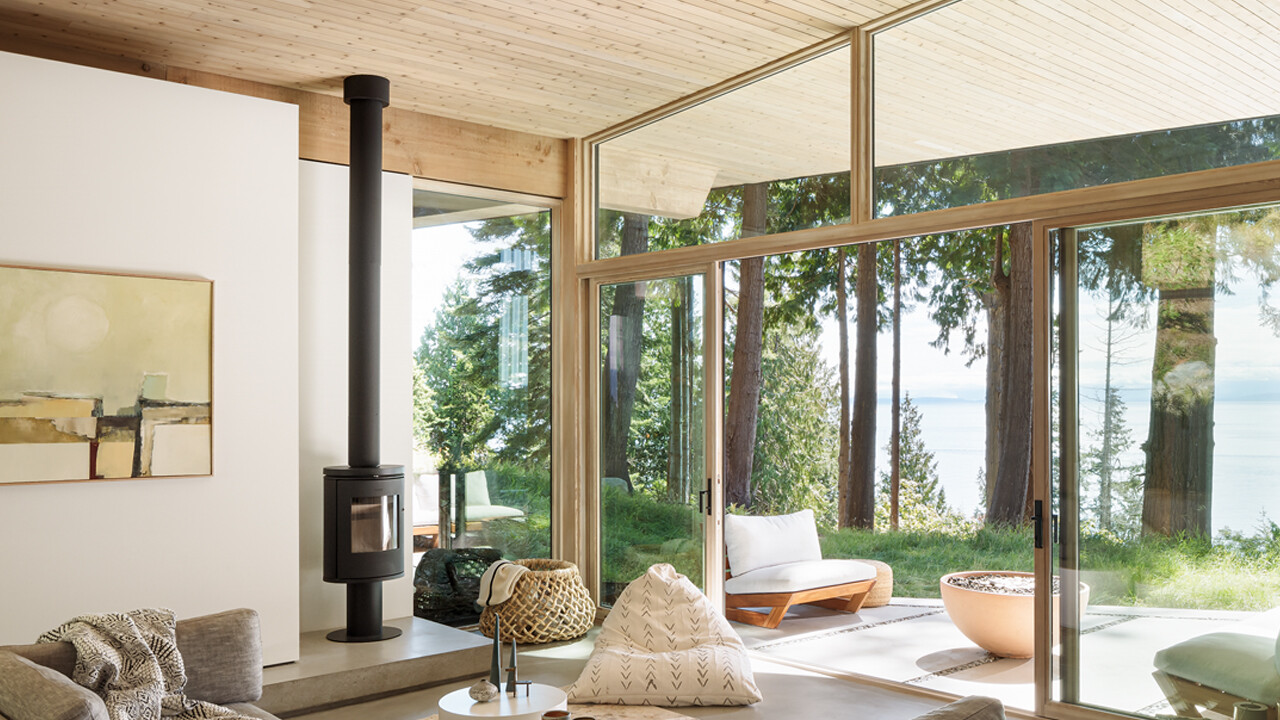
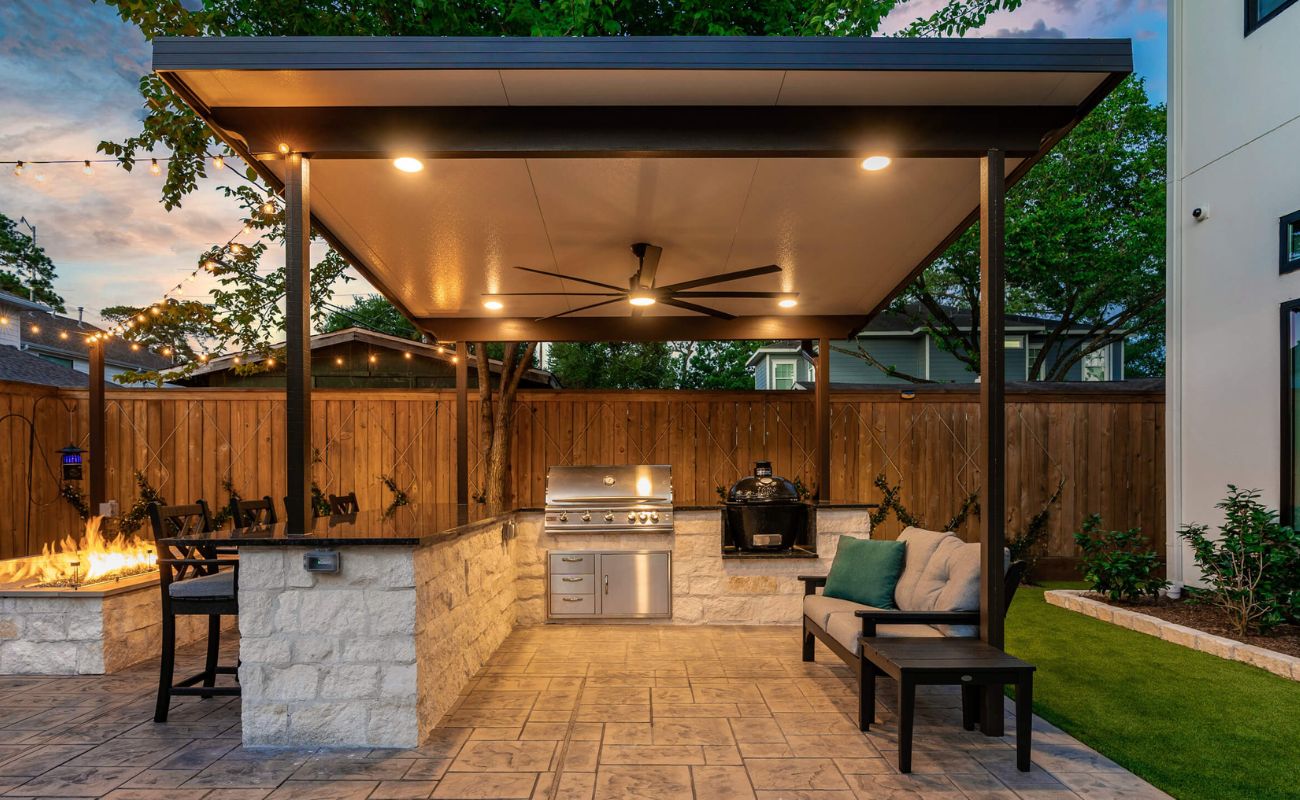
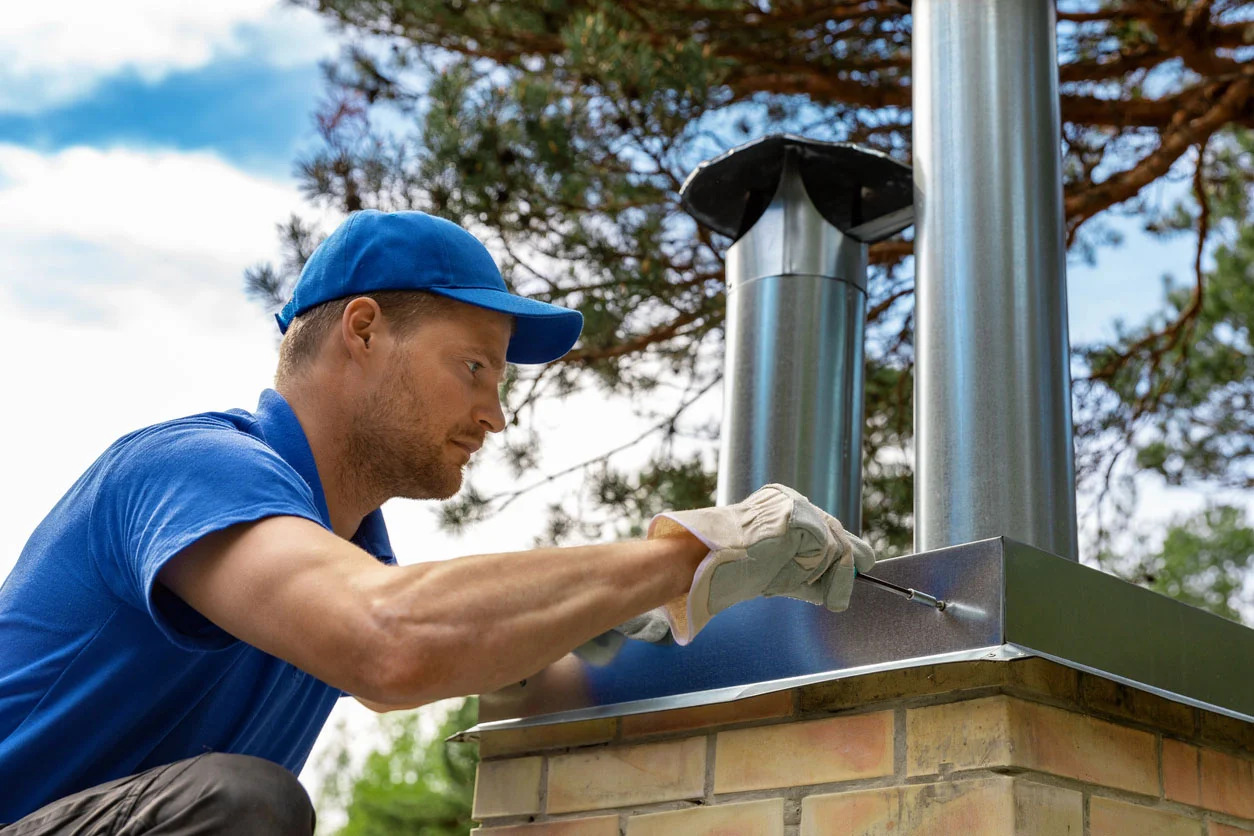
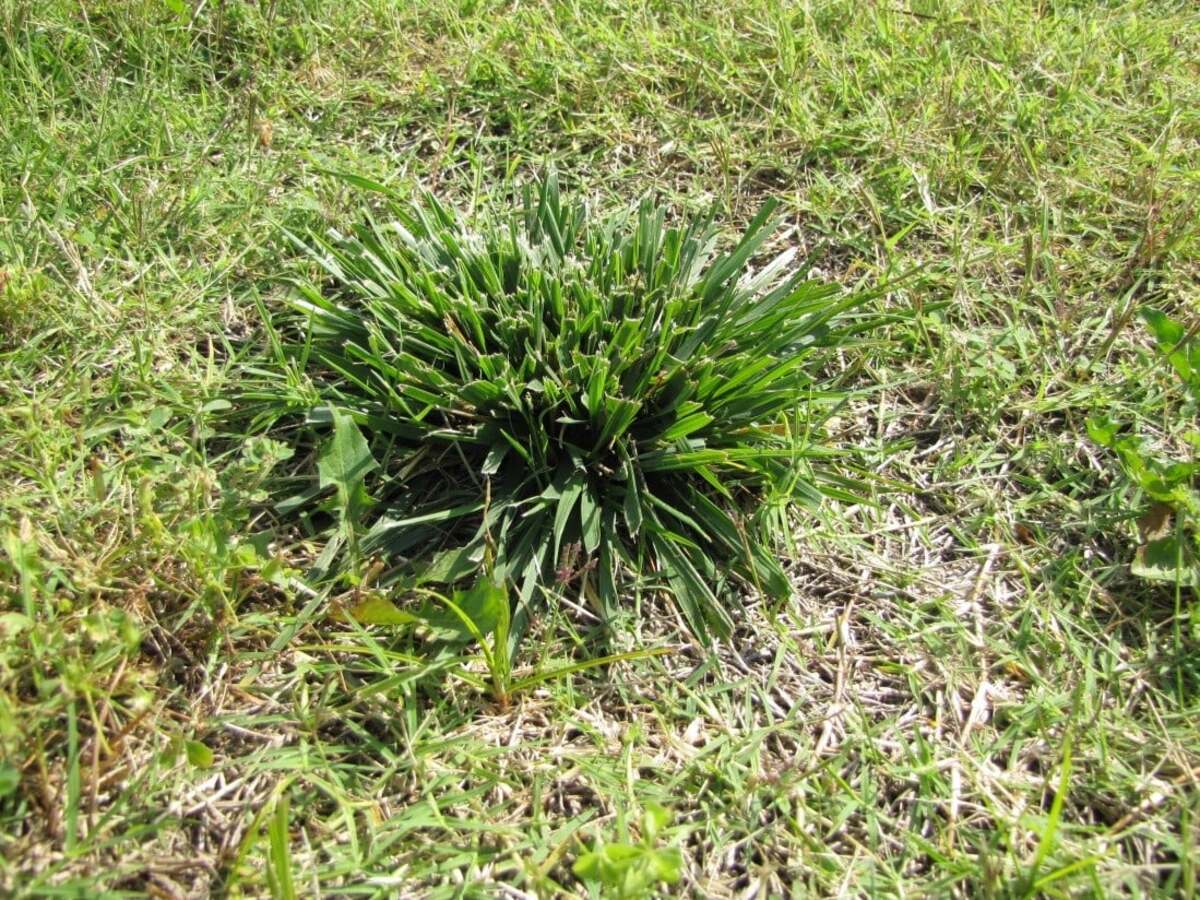
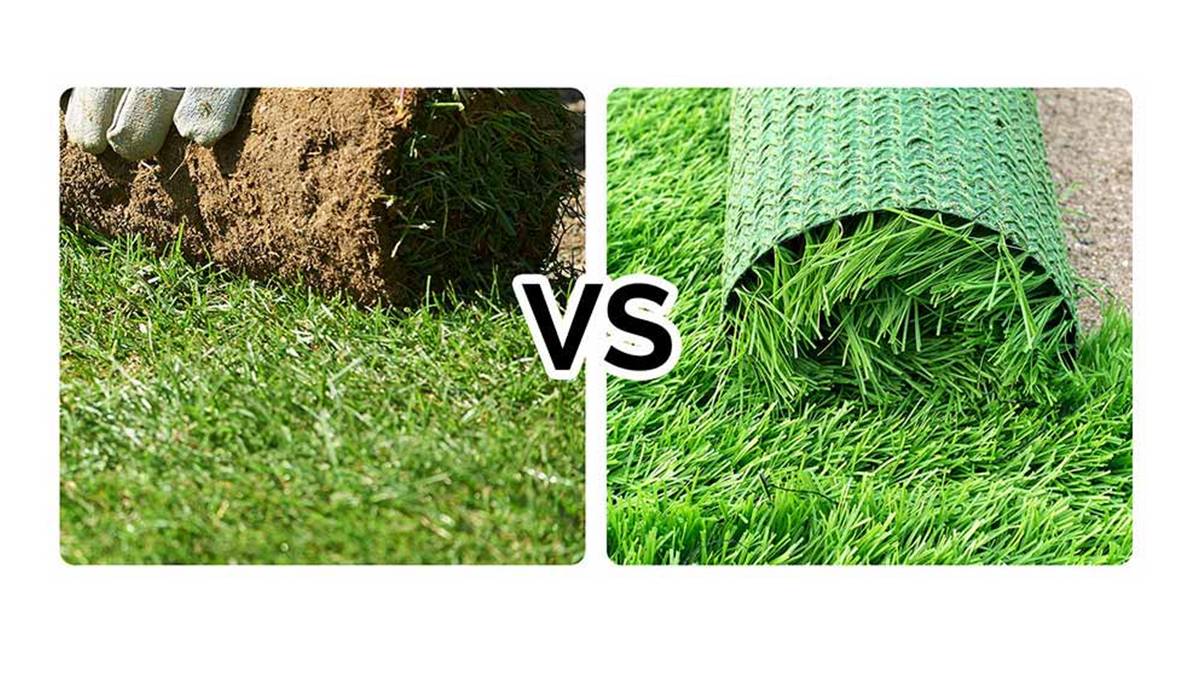
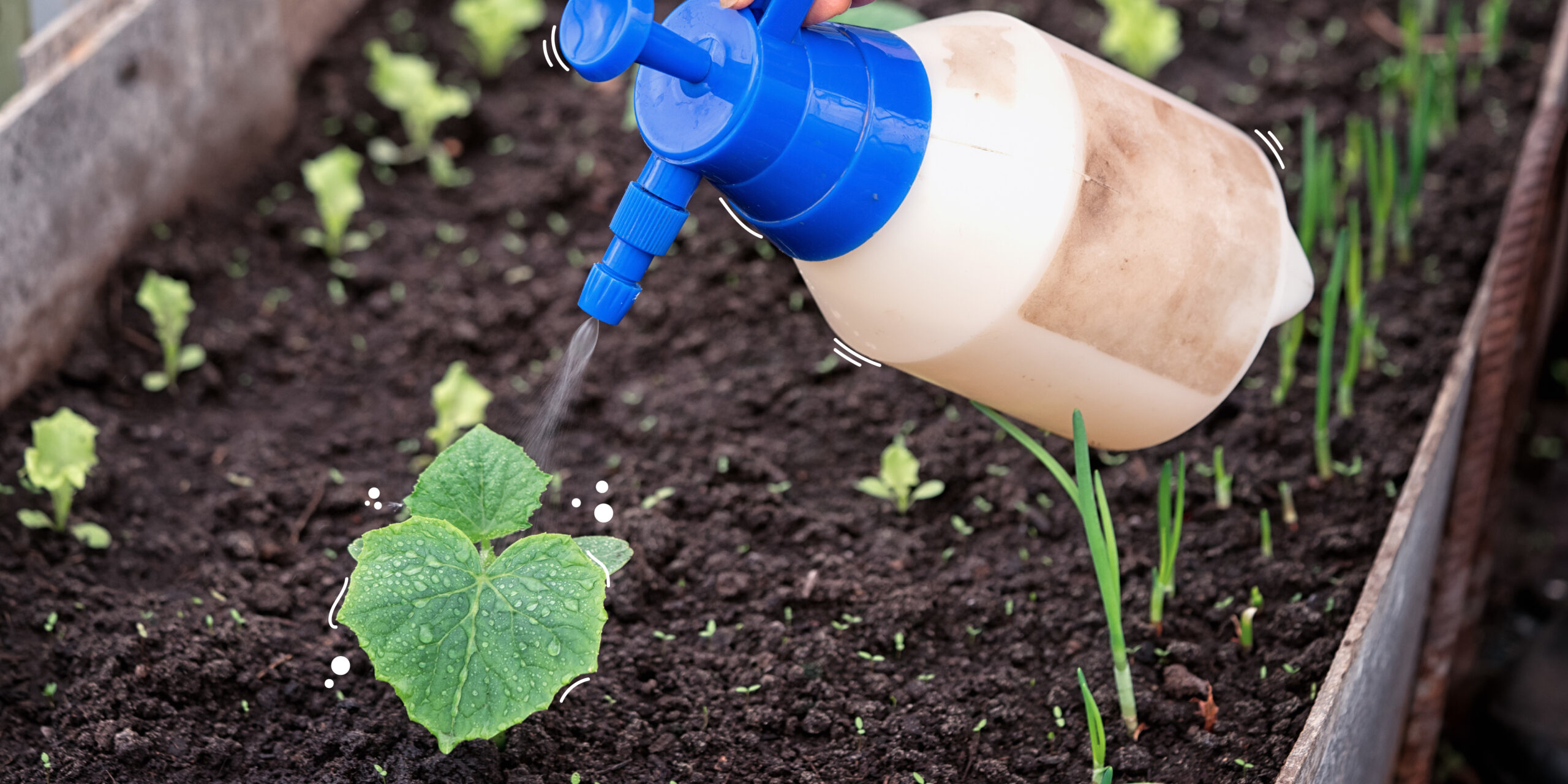

0 thoughts on “What Are People Who Work With Synthetic Grass Called?”